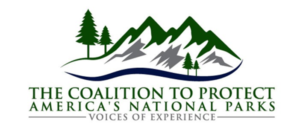
For decades, the National Park Service (Service) consistently declared that it must manage the National Park System in Alaska primarily for conservation, and that Congress’ allowance of sport hunting on National Preserves (Preserves) did not alter that conservation mandate.
The Service codified that position in 2015, adopting regulations that barred predator reduction efforts as well as specific practices allowed under State of Alaska (State) sport hunting regulations that the Service found in conflict with federal law and policy.1Alaska; Hunting and Trapping in National Preserves, 80 Fed. Reg. 64,325 (Oct. 23, 2015) (2015 Rule) (2015_NPS0000001–20); see also 36 C.F.R. §§ 13.42(f), (g) (2019). Five years later, the Service did an about-face, reversing these regulations and abandoning its long-held interpretations of the Alaska National Interest Lands Conservation Act (ANILCA) and the National Park Service Organic Act (Organic Act).2Alaska; Hunting and Trapping in National Preserves, 85 Fed. Reg. 35,181 (June 9, 2020) (2020 Rule) (2020_NPS0000622–32).
The Service’s reversal conflicts with a plain reading of those statutes. The Service’s novel statutory interpretation is impermissible, and the reasons the Service offered for reversing course are arbitrary. The Alaska Wildlife Alliance, et al. brought this action to protect their members’ interests in the National Park System and the natural diversity of wildlife therein, and seek vacatur of the 2020 Rule, and declaratory and injunctive relief.
Read the full legal brief here.
